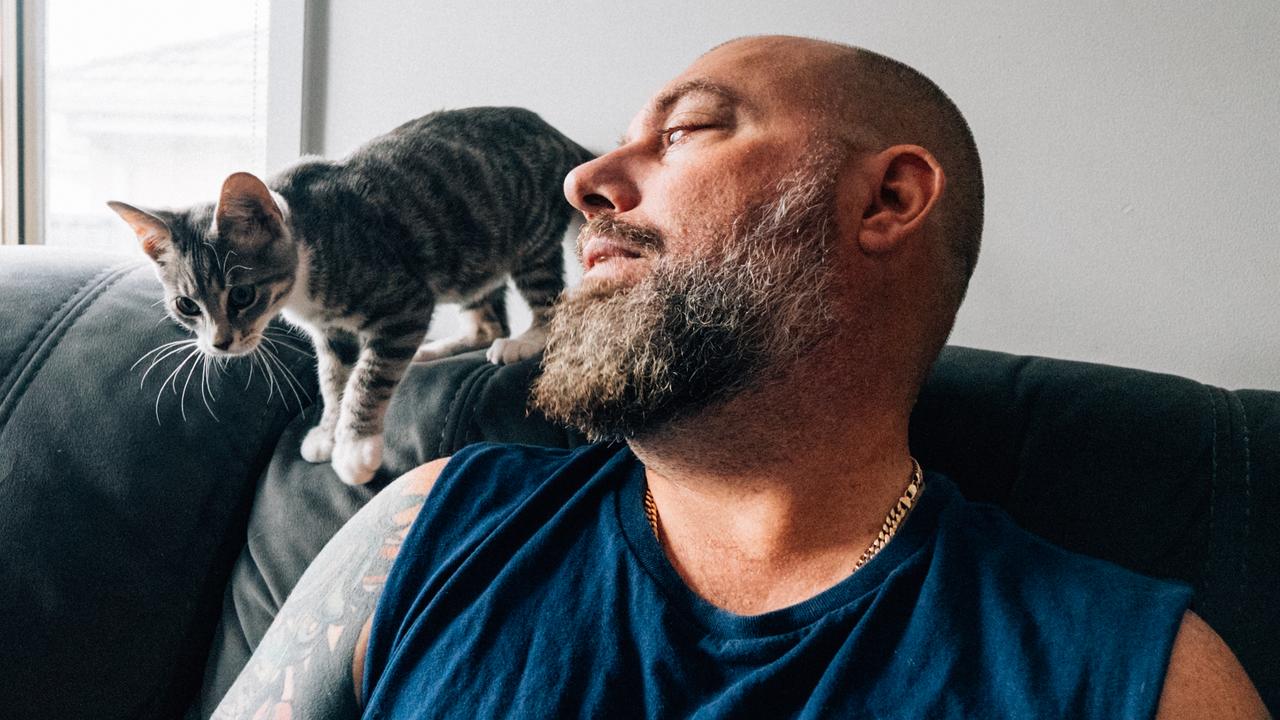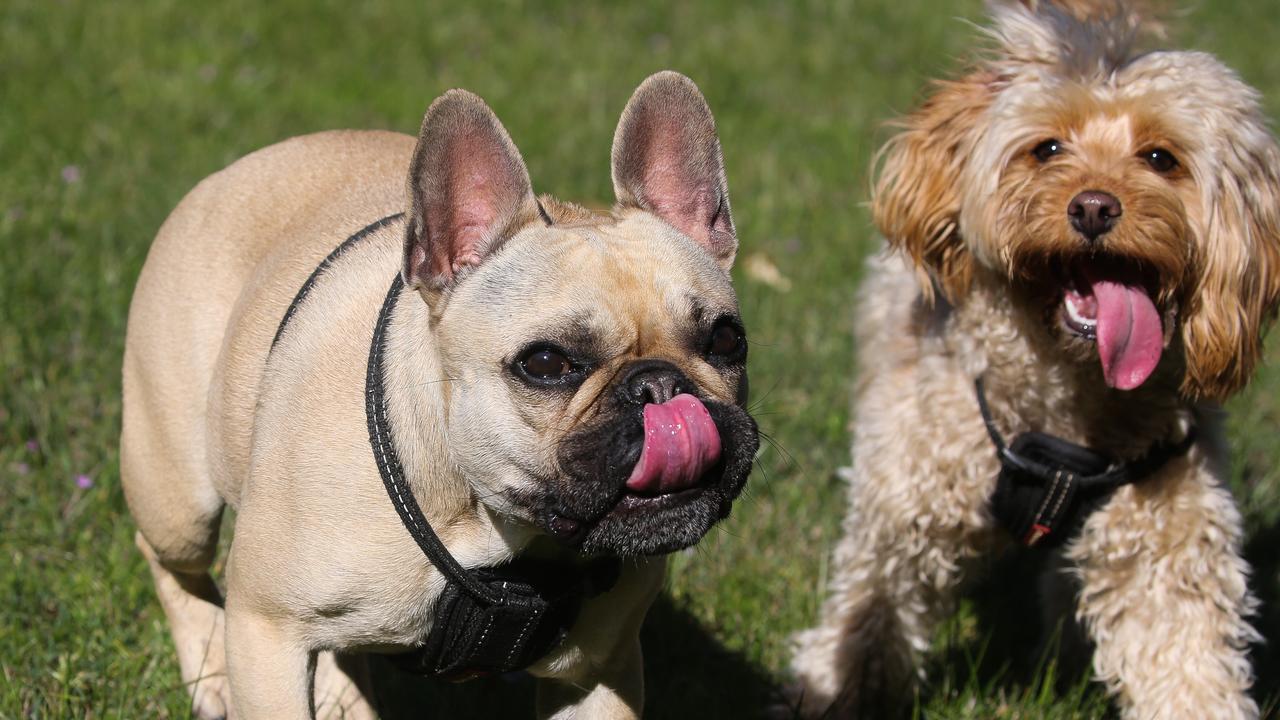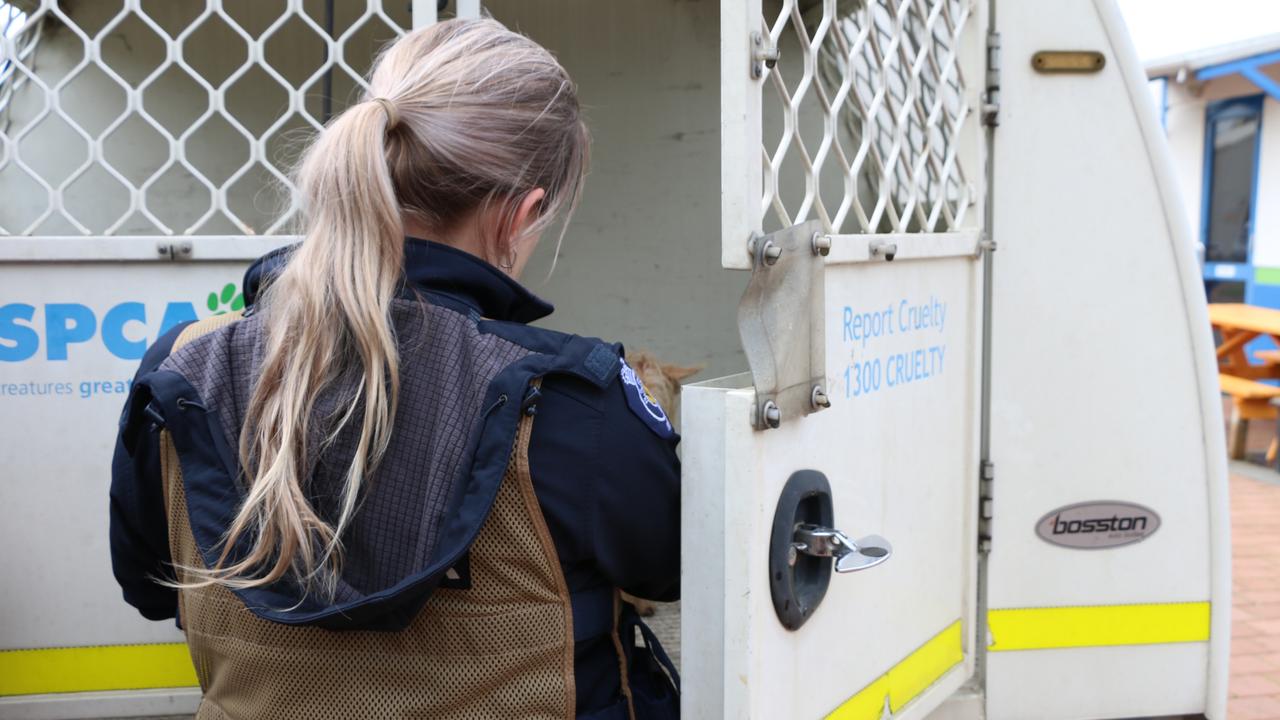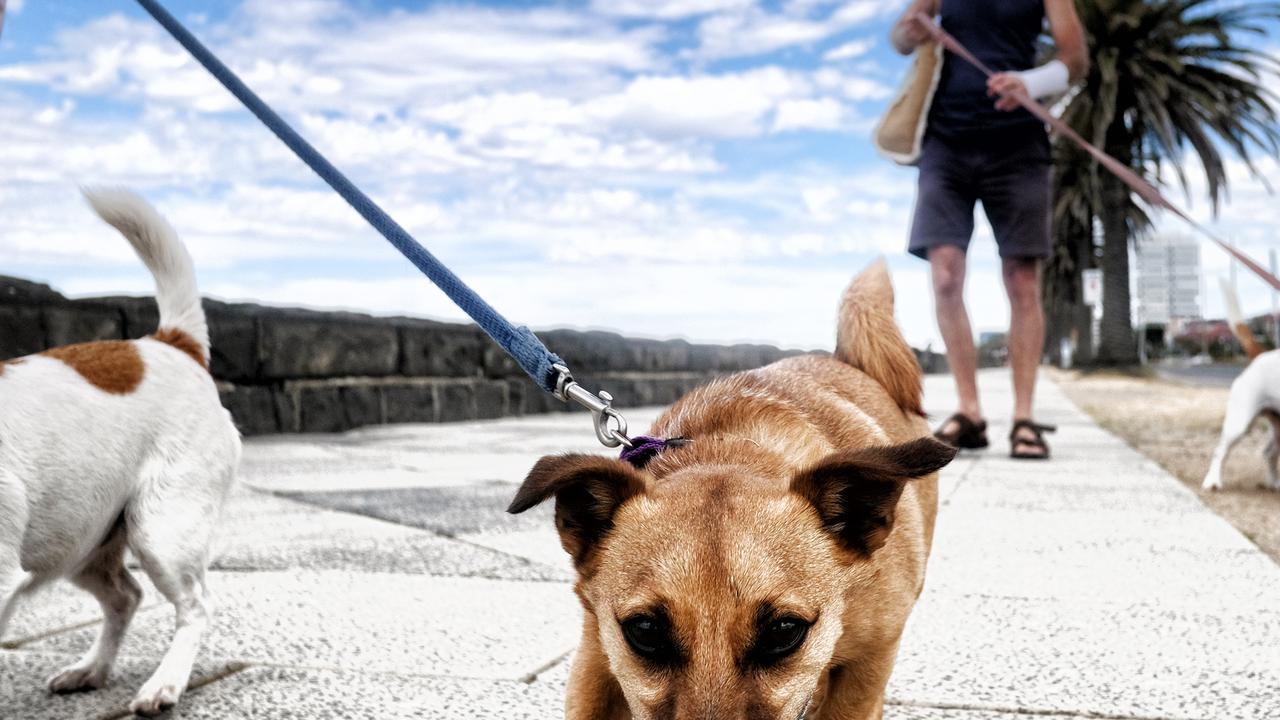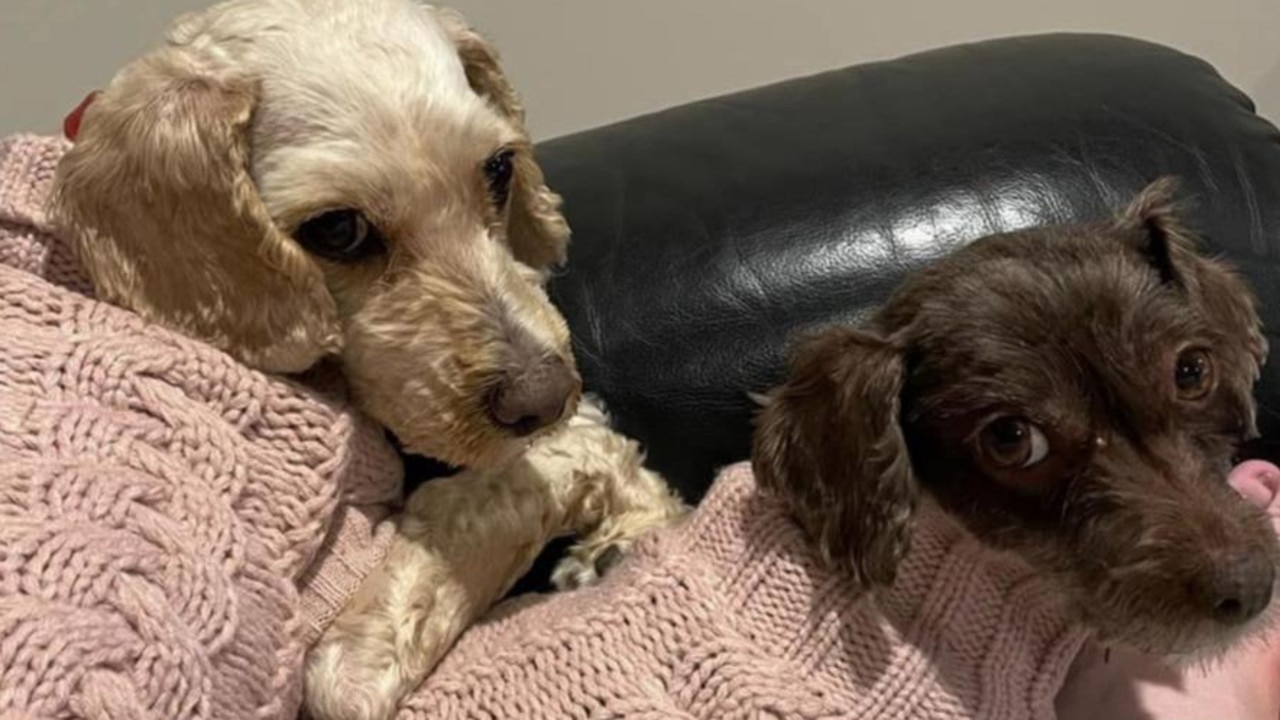Do dogs really look guilty? You might not like the answer to this
THERE’S a simple test to see if dogs really look guilty when they do something bad. Dog lovers are not going to like this, but that look is more likely fear.
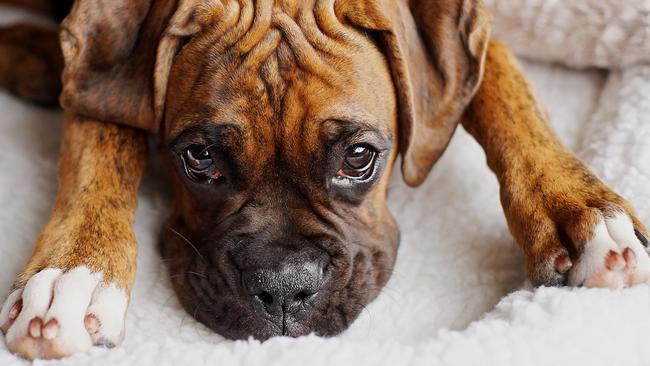
Pets
Don't miss out on the headlines from Pets. Followed categories will be added to My News.
YOU know the look. Our dogs sometimes put it on when we enter the room: Maybe putting their head down and looking away; licking the air, tail wagging between their back legs; or pressing their ears back and turning and running away.
“She must be guilty of something,” many people insist — and there may be evidence (a toppled rubbish bin, a well-mouthed shoe) that seems to back up that claim.
Most dog owners have strong opinions about whether dogs feel emotions in just the way that we do. But opinions, like anecdotes, do not evidence make.
The question of an animal’s emotional experience is a hard one to answer, because we don’t have direct access to their minds. One approach people take is to simply make assertions about the minds of animals — usually as being like the human mind, only somewhat less complex.
Indeed, researchers have found that three-quarters of dog owners believe that their dogs feel guilt when they’ve misbehaved; fully 81% believe their dog to be, at times, jealous.
As a scientist, I prefer to take an empirical approach to claims about animals’ emotions. Happily, science provides some straightforward methods to test our assertions about the internal life of dogs. And I have tested the question of the so-called “guilty look” of dogs.
Given that owners claim that their dog is feeling “guilty” based on the animal’s body language, I first asked owners what they think guilt looks like. The shrinking, submissive look, ears pulled back and pressed down against the head, tail wagging in quick time and tucked between the legs, is widely recognisable.
So I set up a scenario in which dogs either could be “guilty” — by eating a dog treat their owners told them not to, once the owner steps out of the room — or “not guilty” — not eating the forbidden treat, even in their owner’s absence.
When the owners returned to the room, I asked them to either scold (gently) their dogs, or greet them, depending on whether their dogs had obeyed their request.
Sometimes the appropriate happened: the dogs were obedient, and greeted; disobedient, and scolded. But sometimes I misled the owner: I told them their dog had eaten the treat, when in reality I had taken it; or the dog had not eaten the treat, when she had.
Thus, in some trials, dogs got scolded unfairly — while in others they got away with eating the treat with impunity. Throughout, I videorecorded the dogs’ behaviour, and later my researchers and I looked for all the components of the “guilty look” in each trial, to see how much they showed.
What I found was that dogs didn’t show more “guilty look” when they were actually guilty than when they weren’t. Instead, they looked significantly more guilty when they were scolded than when they were not, regardless of whether they had eaten the treat.
It appears that the “guilty look” does not indicate “feelings of guilt.” It is a look put on out of fear of punishment, and a desire to appease their owners and avoid scolding (which it oftentimes succeeds at doing).
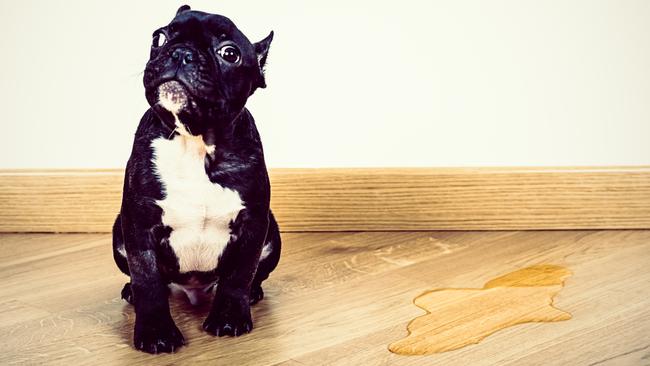
Sometimes when owners hear about my study, they assent; but others say (as might you), “Not my dog: she is definitely guilty”.
Our own experience is powerful. But consider this: Since the time of my study, other researchers have repeated it, with the same main result.
And Julie Hecht and her colleagues asked whether owners were good at determining, before being told, if their dogs had obeyed or disobeyed. Among one group of owners she interviewed, they were correct about fifty per cent of the time — basically at random. Sometimes the guilty look reveals disobedience; and sometimes it does not. Because it isn’t about disobedience; it’s about responding to you.
Importantly, this is not a test of “whether dogs feel guilt”. They may. But it appears that the one behaviour which appeared to reveal their guilt, instead shows dogs responding to our own behaviour. Anthropologists among us, dogs learn when we are about to be angry just as well as they learn when we are about to take them for a walk, or feed them dinner.
So before you punish a dog because it seems that “she knows she misbehaved”, consider that what she “knows” is likely simply that “sometime she may be scolded” rather than that certain behaviours are “right” or “wrong”.
Every dog-loving person can and should examine our own assumptions about what the dog knows and feels — and look to what the dog is really doing to help tell you. Dogs, our faithful companions, deserve that.
Alexandra Horowitz is the best-selling author of Inside of a Dog and Being a Dog. She will be in Sydney on the 7-9th of April to speak at the Delta Institute Dog Behaviour Conference. Tickets are still available here.
Originally published as Do dogs really look guilty? You might not like the answer to this

